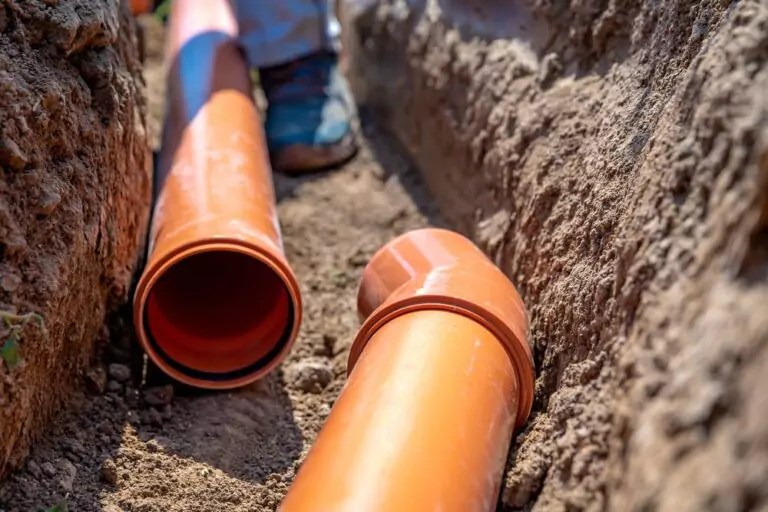Copper-clad steel tracer wire has gained significant attention in various industries due to its unique properties. This technology combines the advantages of both copper and steel, resulting in enhanced performance and durability.
One major advancement in this field is the improvement in manufacturing processes.
Manufacturers now use advanced techniques to ensure a more uniform copper layer on the steel core. This uniformity enhances conductivity and corrosion resistance, making the wire more reliable for long-term applications.
Another notable progress involves the development of specialized coatings.
These coatings protect the wire from harsh environmental conditions, such as moisture and chemicals. As a result, the lifespan of copper-clad steel tracing wire increases significantly, reducing the need for frequent replacements.
Moreover, recent innovations have led to the production of lighter and more flexible wires.
This flexibility simplifies installation and reduces labor costs. Installers can easily handle these wires, which improves efficiency on job sites.
The application of copper-clad steel tracing wire has expanded into various sectors.
In the telecommunications industry, it serves as an effective solution for grounding and bonding. The wire’s excellent conductivity ensures minimal signal loss, which is crucial for communication systems.
In the oil and gas sector, copper-clad steel tracing wire plays a vital role in monitoring pipelines. It helps detect leaks and maintain safety standards. Companies increasingly rely on this technology to enhance operational efficiency and minimize risks.
The electrical industry also benefits from the use of copper-clad steel tracing wire.
It connects power sources to equipment, ensuring stable energy distribution. This reliability supports the growing demand for efficient electrical systems.
Research continues to explore new applications for this technology. Scientists are investigating its potential in renewable energy systems, such as solar and wind power. The combination of strength and conductivity makes copper-clad steel tracing wire an ideal candidate for these innovative solutions.
Looking ahead, the future of copper-clad steel tracing wire appears promising. As industries focus on sustainability, this technology aligns with their goals. Its durability and reduced environmental impact make it an attractive option for various applications.
In conclusion, the advancements in copper-clad steel tracing wire technology have paved the way for its widespread use. With ongoing research and development, this technology will likely continue to evolve. Industries can expect even more benefits from copper-clad steel tracing wire in the coming years.

